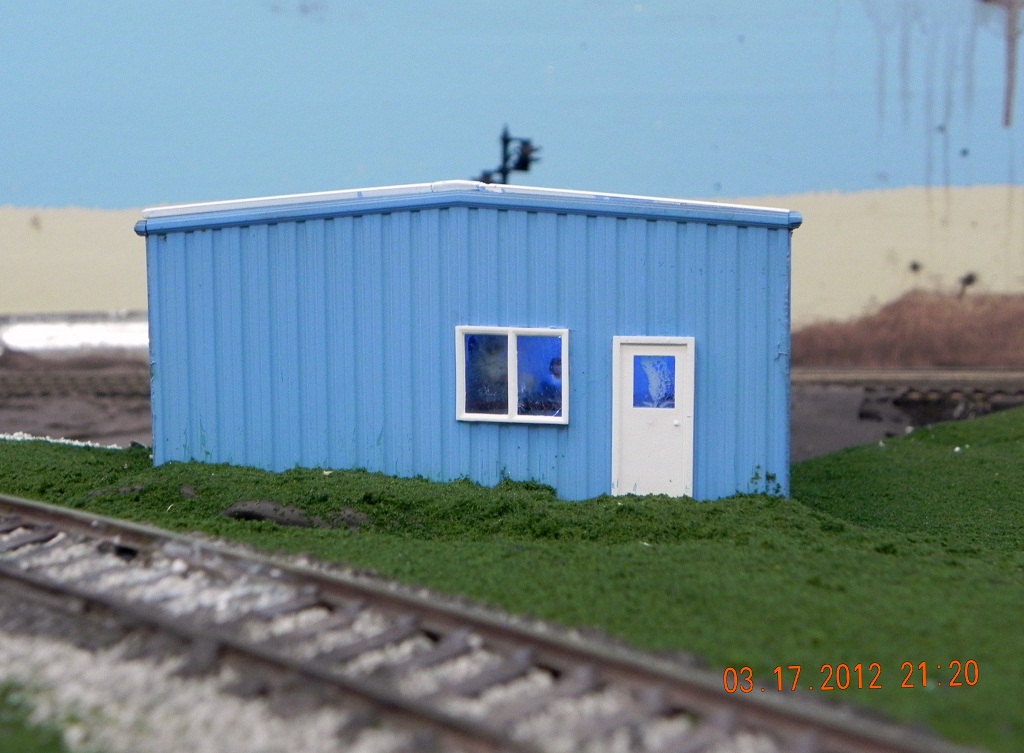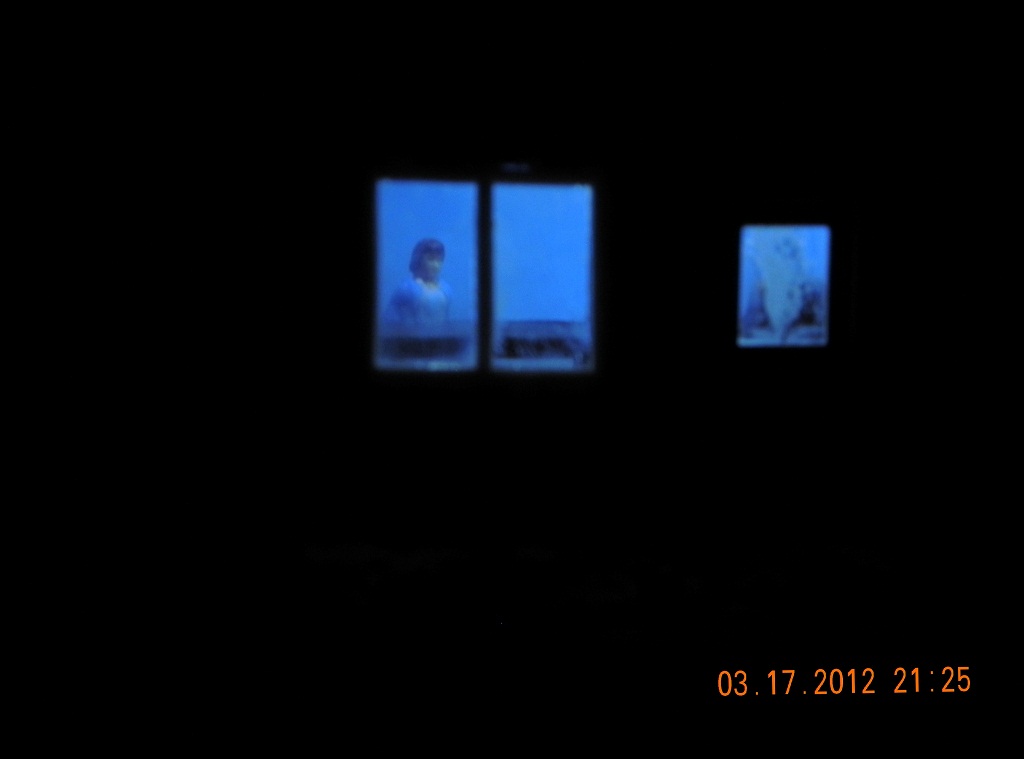Designing a panel
In a
previous post, I mentioned a new panel will have more on it than I originally intended. Recently, I had the opportunity to design another panel and took a different route.
Panels are usually made up of components such as circuit breakers, autoreversers, distribution blocks, and internal wiring. The whole point of a panel is to route power from the distribution blocks via internal wiring to the circuit breakers and autoreversers. A good one will be easy to follow, while a bad one is just some stuff with wiring.
Input and outputs usually work best if they occur near (but not at) the edges of the panel. In some cases, it's necessary to run an input or output through the panel, but generally that's where the distribution wiring should be. If the panel will be installed in the middle of a section, be sure to leave space for multiple wires to be leaving at that point.
Lay out the distribution blocks first. This will give you a good idea where the power will come from to go to the components. With something like a PSX circuit breaker, the distribution block is the wires that connect via the Power Link terminals. Otherwise, a distribution block could be a terminal strip with wires that join multiple terminal lugs.
The circuit breakers and autoreverser can be laid out next. Consider where the input and outputs will be coming from. If the input is coming from the right, put the input connection on the right. Likewise, consider where the outputs will be. Laying out components then becomes the process of matching inputs and outputs.
Be sure to leave space around the components around for the wires. Wires need a certain amount of space to bend and flex to make a connection, so it's a good idea to leave a couple inches open around connectors. It may also be a good idea to cut the bus wires a little long in case the ends need to be cut and restripped.
With the components laid out and secured, it's time to handle the distribution wiring. Route each wire so that it is easy to follow. In the case where multiple wires travel together, try to avoid crossing wires. Take the time and use the extra wire needed to make this neat. Wires can be secured using staples.
If necessary, larger cable staples can be used to provide a path for bus wires to travel through the board. These need not be driven tight, they're just guides to keep the bus wiring separate from distribution wiring.
With the panel now designed and built, it's time to install. Good luck!


